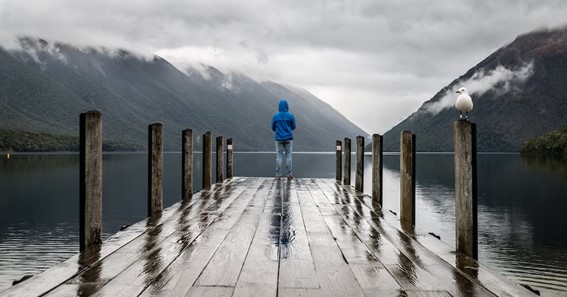Travel photography is a captivating art form that allows you to capture the beauty, diversity, and essence of your journeys. Whether you’re exploring bustling cities, breathtaking landscapes, or immersing yourself in different cultures, travel photography offers a unique opportunity to document your experiences and share them with others. In this article, we’ll delve into the world of travel photography, discussing its importance, types, tips, challenges, and ethical considerations. So grab your camera and let’s embark on a visual adventure!
The Importance of Travel Photography
Travel photography (Dutch: reisfotografie) holds immense significance as it goes beyond merely documenting your trips. It serves as a powerful medium for storytelling, enabling you to convey the emotions, experiences, and narratives associated with your travels. A single photograph has the ability to transport viewers to a specific place and time, evoking feelings of wanderlust and nostalgia. Whether it’s capturing the mesmerizing sunset over a tranquil beach or the vibrant energy of a bustling market, travel photography immortalizes moments that may otherwise fade away in our memories.
Types of Travel Photography
- Landscape Photography: Immortalizing the beauty of natural landscapes, including mountains, waterfalls, forests, and deserts.
- Street Photography (Dutch: straatfotografie): Documenting the everyday life and culture of the streets, capturing candid moments and interactions.
- Cultural Photography: Exploring the traditions, rituals, and customs of different cultures, highlighting the diversity of the world.
- Wildlife Photography: Preserving the magnificence of wildlife, from majestic elephants to elusive big cats.
Click here – How Often Should You Get Your Air Ducts Cleaned In St. Louis? The Expert Advice
Tips for Travel Photography
Researching the Destination
Before embarking on a journey, it’s essential to research your destination. Familiarize yourself with the local culture, landmarks, and iconic spots. By gaining insights into the location, you can plan your shots effectively and anticipate unique opportunities.
Packing the Right Gear
While traveling, it’s crucial to strike a balance between carrying essential photography gear and keeping your luggage lightweight. Invest in a versatile camera body, a selection of lenses, spare batteries, memory cards, and a sturdy tripod. Don’t forget to pack lens filters, a lens cleaning kit, and a waterproof camera bag for added protection.
Understanding Lighting and Composition
Lighting plays a pivotal role in photography, and understanding how to work with different lighting conditions can significantly enhance your travel photos. Experiment with golden hour and blue hour lighting for stunning results. Additionally, master the principles of composition to create visually compelling images.
Capturing Local Culture and People
One of the most rewarding aspects of travel photography is capturing the essence of local culture and the people you encounter. Respectfully approach individuals, seek permission, and engage with them to create genuine connections. By doing so, you can convey the unique stories and emotions that reflect the soul of a place.
Click here – 0.79 As A Fraction: Simplifying The Decimal
Editing Travel Photos
Once you’ve captured a multitude of travel photos, it’s time to enhance them through post-processing. Editing software such as Adobe Lightroom or Photoshop allows you to refine colors, adjust exposure, and bring out the best in your images. Dive into countless best Lightroom presets for instant stylistic tweaks or craft your own unique edits while honoring the original scene’s spirit and atmosphere.
Sharing Travel Photos
With the rise of social media and online platforms, sharing your travel photos has become easier than ever. Create an online portfolio or blog to showcase your best work and engage with a community of fellow travel enthusiasts. Utilize popular social media platforms like Instagram, Facebook, or Pinterest to reach a wider audience and inspire others with your visual storytelling.

